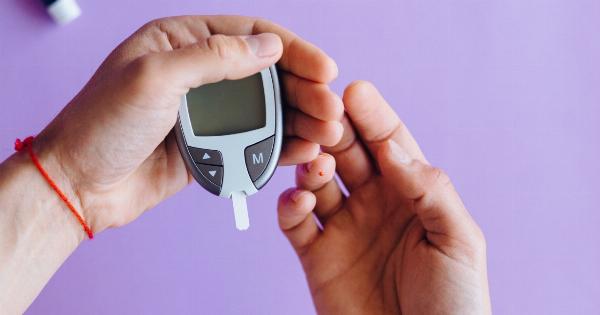Fatty liver and Type 2 Diabetes are two conditions that are becoming all too common in our modern world. In fact, it’s estimated that over 90% of people with Type 2 Diabetes have some degree of fatty liver disease.
These two conditions are also closely linked, with each one being able to exacerbate the other.
What is Fatty Liver?
Fatty liver disease occurs when excess fat accumulates in the liver cells. This buildup of fat can cause inflammation and damage to the liver tissue, which can lead to serious complications if left untreated.
There are two types of fatty liver disease: alcoholic fatty liver disease, which is caused by excessive alcohol consumption, and non-alcoholic fatty liver disease (NAFLD), which is associated with obesity, insulin resistance, and other metabolic disorders.
What is Type 2 Diabetes?
Type 2 Diabetes is a chronic condition that occurs when the body is unable to properly use insulin, a hormone that helps regulate blood sugar levels. This leads to high levels of glucose in the blood, which can cause a range of health problems.
Type 2 Diabetes is often associated with obesity and a sedentary lifestyle, but it can also have a genetic component.
The Link between Fatty Liver and Type 2 Diabetes
There are several reasons why fatty liver and Type 2 Diabetes often coexist. For one, both conditions are linked to insulin resistance.
Insulin resistance occurs when the body’s cells become less responsive to insulin, leading to higher levels of glucose in the blood. Insulin resistance can also cause the liver to produce more glucose, which can further exacerbate blood sugar issues in people with Type 2 Diabetes.
In addition, fatty liver disease can contribute to the development of Type 2 Diabetes through its effect on inflammation.
Chronic inflammation is a hallmark of both conditions and can lead to further insulin resistance, as well as damage to the liver and pancreas.
The Dangers of Fatty Liver and Type 2 Diabetes
The combination of fatty liver and Type 2 Diabetes can be especially worrisome because both conditions can lead to serious health complications if left untreated.
For example, fatty liver disease can progress to more severe forms of liver disease, such as cirrhosis. It can also increase the risk of liver cancer and contribute to the development of cardiovascular disease.
Meanwhile, Type 2 Diabetes can lead to nerve damage, blindness, kidney disease, and other serious health problems.
The combination of these two conditions can also increase the risk of developing metabolic syndrome, a cluster of conditions that includes high blood pressure, high triglyceride levels, and obesity.
Prevention and Treatment
Fortunately, there are steps that you can take to prevent or manage both fatty liver disease and Type 2 Diabetes. One of the best things you can do is to adopt a healthy lifestyle.
This means eating a balanced diet that is low in sugar and unhealthy fats, and high in fiber, protein, and healthy fats like those found in nuts and fish. It also means getting regular exercise, such as walking, jogging, or dancing, for at least 30 minutes a day.
If you have already been diagnosed with fatty liver disease or Type 2 Diabetes, it’s important to work closely with your healthcare provider to manage your condition.
This may include taking medications to regulate blood sugar levels, losing weight, and monitoring your liver function through regular blood tests and imaging studies.
Conclusion
Fatty liver disease and Type 2 Diabetes are two of the most common metabolic conditions in our society today. Unfortunately, these conditions are often linked and can exacerbate each other.
But with the right lifestyle changes and medical management, it is possible to prevent or manage these conditions and live a healthy, fulfilling life.






























